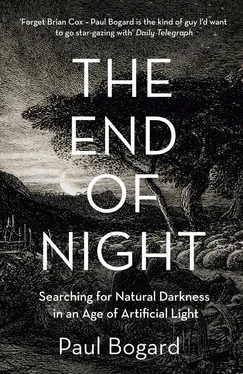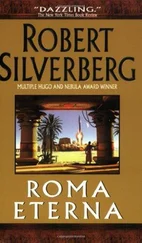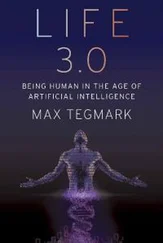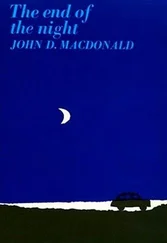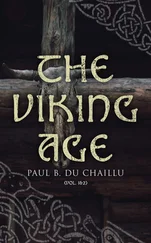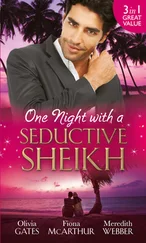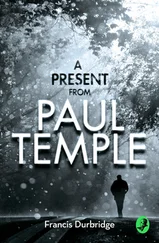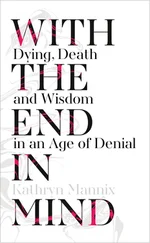Berman leans back and calls, “Marcy, do you remember when your mom said what are those white dots in the sky?”
“Yep.”
“Do you think she was kidding?”
“Nope.”
Seeing stars is something Bob Berman has done all his life. And here in upstate New York, the sky still offers a wonderful view.
“We get down to about magnitude five point eight, five point nine, where you see a good twenty-five hundred stars,” he says, referring to the scale astronomers use to describe the brightness of individual stars. “Theoretically, three thousand stars are visible to the naked eye at one time, but, in truth, since the overwhelming bulk of stars are fifth and sixth magnitude—the fainter you go, by far the more stars there are—and because extinction near the horizon is so great, the truth is faint stars stop at about ten degrees from the horizon and you lose a swath.”
We adopted the idea of magnitude from the ancient Greeks, who called the brightest stars “first magnitude” and the dimmest “sixth magnitude.” When modern astronomy put precise measurement to the Greek magnitude idea, a few of the brightest stars actually turned out to have minus numbers, such as Sirius (-1.5). But these values are all relative, reflecting only how we see these stars from Earth. The brightest star in the history of the universe could be fainter than faint if it’s far enough from our view.
It’s commonly accepted that the naked-eye limit is magnitude 6.5, though some observers report magnitude 7.0 or better. As Berman writes,
There are few brilliant stars, many more medium ones, and a flood of faint stars. This hierarchy continues with a vengeance below the threshold of human vision. Recent advances have allowed telescopes to detect stars of magnitude 29—more than a billion times fainter than anything the unaided eye can perceive! This is very faint indeed: The light from such a star equals the glow of a single cigarette seen from 125,000 miles away.
But a light-polluted sky renders all this meaningless, of course, as the greatest wealth of stars lie in the larger values of magnitude, exactly the magnitudes erased by artificial light.
“My feeling,” says Berman, “is that an observer needs to see four hundred fifty stars at a time to get that feeling of infinitude, and be swept away, and go, ‘Oh, isn’t that beautiful.’ And I didn’t make that number up arbitrarily—that’s the number of stars that are available once you get dimmer than third magnitude. So in the city you see a dozen stars, a handful, and it’s attractive to no one. In the city you say, ‘Oh, there’s Vega, who cares?’ And if there’s a hundred stars in the sky it still doesn’t do it. There’s a certain tipping point where people will look and there will be that planetarium view. And now you’re touching that ancient core, whether it’s collective memories or genetic memories or something else from way back before we were even human. So you gotta get that, and anything short of that doesn’t do it.”
Humans have long found in stars like these the familiar shapes that reflect our lives. For modern viewers these shapes sometimes make absolute sense, as with the scorpion of Scorpius, or the hunter Orion. The same is true of an asterism like the Summer Triangle, a shape made of bright stars from separate constellations: Vega from Lyra, the Lyre; Deneb from Cygnus, the Swan; and Altair from Aquila, the Eagle. But then there are the many constellations that puzzle us with their amorphous shapes and illogical identities, as though they are the eternal result of some ancient Greek joke. A good example is Auriga, with its bright star Capella, which lies just above Orion, readily apparent to any stargazer. How many of us would identify this shape as a charioteer? And Auriga is one of the easy constellations; try identifying Monoceros, the Unicorn, or Cetus, the Sea Monster, which both lie near Orion as well. With an image in mind (a good astronomy book or smartphone app helps), some of the ancient figures like Cassiopeia and Perseus may appear, but others (Ophiuchus, the Serpent Holder—which is hard to say, let alone see) are almost surely never to register.
Still, things could be worse, or at least more complicated. In 1627, the German astronomer Julius Schiller attempted to Christianize the sky by replacing the names of the constellations with the names of characters from the Bible. Thus the twelve constellations of the zodiac became the twelve disciples, and the constellations from the Northern Hemisphere were replaced by characters from the New Testament and those in the Southern Hemisphere with characters from the Old Testament. For better or worse, his idea never caught on. Not so lucky were the southern skies, where many of the constellations reflect the fascination of European explorers from the sixteenth, seventeenth, and eighteenth century for the practical new inventions of their time. Such inspirational constellations as the Air Pump, the Draftsman’s Compass, and the Chemical Furnace live on today, as do the creatively named Telescopium and Microscopium. But not all is lost in the Southern Hemisphere, at least for children and those childlike at heart, all of whom can forever delight in pointing to the nautically inspired Puppis, the Poop Deck.
In order for us to see the stars in anything close to their possibilities—whether the awe-inspiring numbers Berman talks about, or in constellations both familiar and ridiculous—we need darkness. But how dark is dark? My hunch is that for most of us there are basically three levels. First, there is dark as in, “It’s night, so it’s dark.” This is the standard notion of night’s darkness, and it corresponds to around Bortle 8 down through Bortle 5. Next, at least for anyone lucky enough to find him-or herself in an area that would correspond to Bortle 4 or 3 or 2 (or, certainly 1), there is really dark, as in, “It’s really dark out here.” And finally, there is for some people a level of “darkness” that equates to “Vegas, baby!”
The reality, though, is far more complex. This is the message from Bortle’s scale and the World Atlas of the Artificial Night Sky Brightness—we don’t know what real darkness looks like, because we seldom ever see it.
One place to see real darkness in Manhattan is at the Museum of Modern Art, in Vincent van Gogh’s The Starry Night. Unless Van Gogh’s oil on canvas from 1889 is traveling as part of an exhibition, it hangs at home on its MoMA wall as fifty million people pass by every year. On a Saturday morning I stand near Van Gogh’s scene of stars and moon and sleeping town, talking with its guardian for the day, Joseph, as he repeats, “No flash, no flash,” “Two feet away,” and “Too close, too close” again and again as people from around the world crowd near. “What’s the appeal of this painting?” I ask. “It’s beautiful,” he says. “What more can you say than that?”
You could rightly leave it at that. But I love the story this painting tells, of a small dark town, a few yellow-orange gaslights in house windows, under a giant swirling and waving blue-green sky. This is a painting of our world from before night had been pushed back to the forest and the seas, from back when sleepy towns slept without streetlights. People are too quick, I think, to imagine the story of this painting—and especially this sky—is simply that of a crazy man, “a werewolf of energy,” as Joachim Pissarro, curator at the MoMA exhibition Van Gogh and the Colors of the Night, would tell me. While Van Gogh certainly had his troubles, this painting looks as it does in part because it’s of a time that no longer exists, a time when the night sky would have looked a lot more like this. Does Van Gogh use his imagination? Of course—he’s said to have painted the scene in his asylum cell at St. Remy from studies he’d done outside and from memory—but this is an imagined sky inspired by a real sky of a kind few of the fifty million MoMA visitors have ever seen. It’s an imagined sky inspired by the real sky over a town much darker than the towns we live in today. So a painting of a night imagined? Sure. But unreal?
Читать дальше
